How to fix a broken guitar jack socket
A step-by-step guide to repairing your electric guitar's output
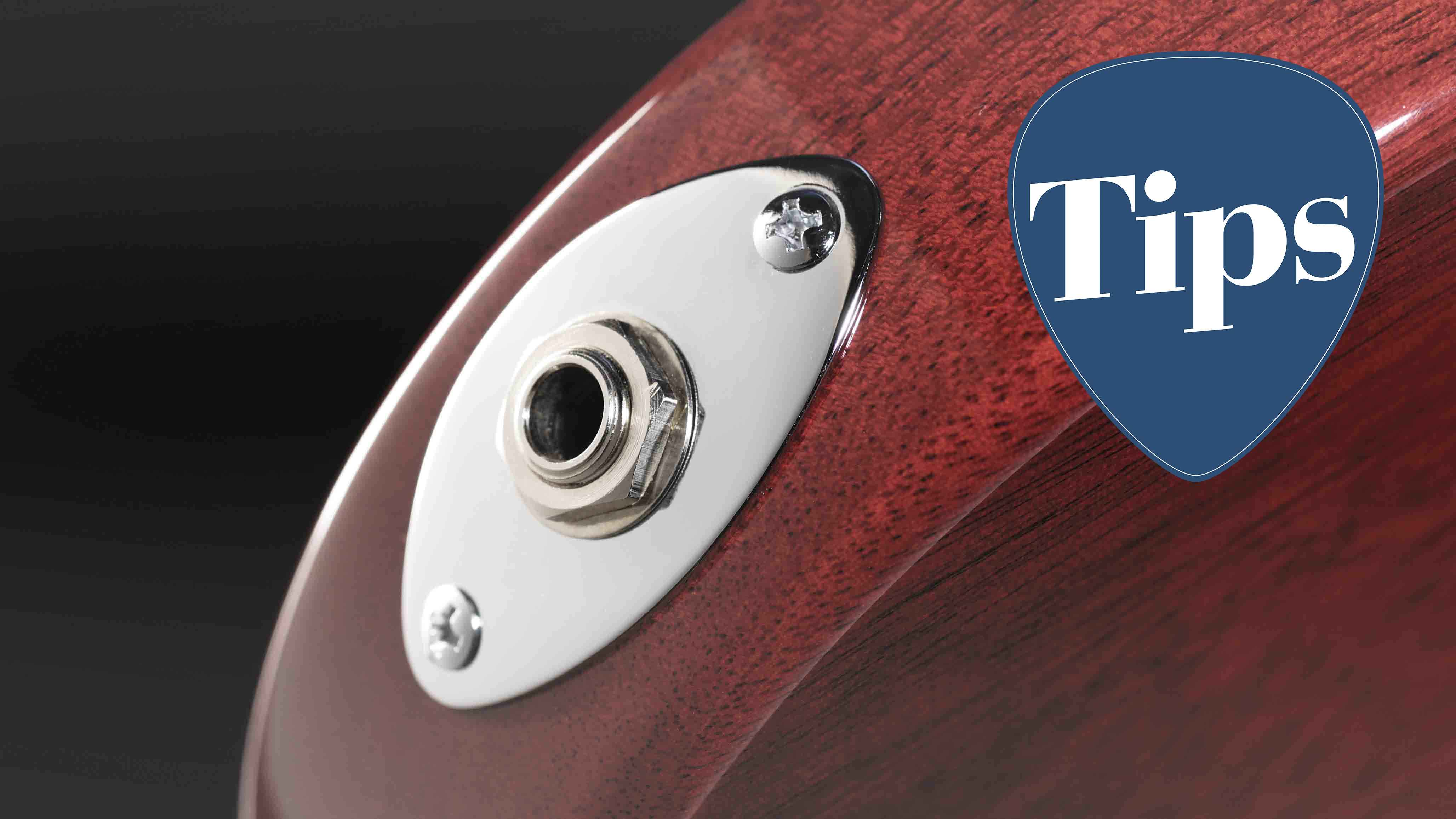
Of all the perishable items bolted to our electric guitars, the jack socket is the one we all forget about until it goes wrong.
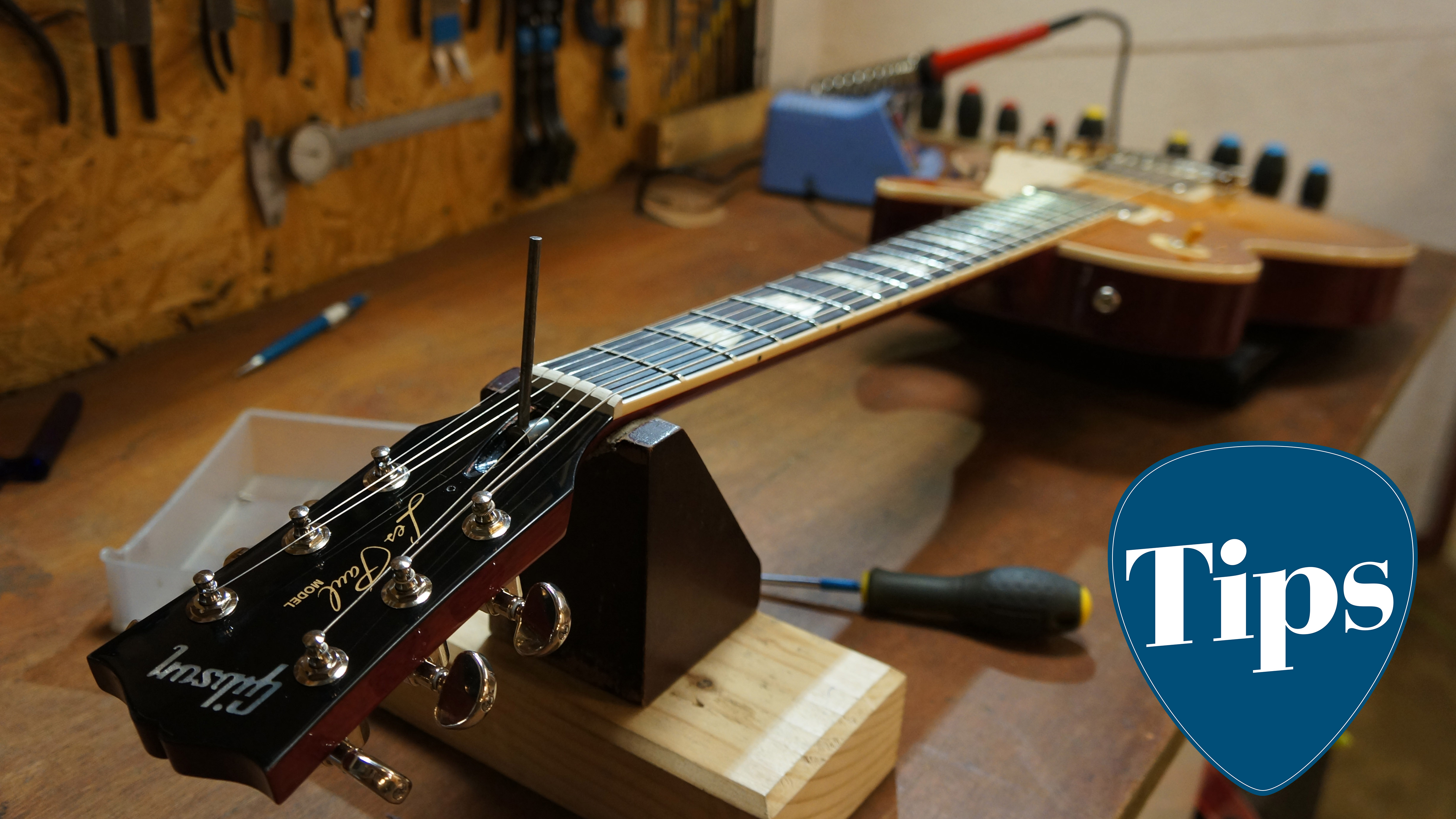
How to set up your guitar: a DIY guide to intonation, truss rod, bridge and fretboard maintenance
We can just about survive a broken string, even a faulty pickup switch providing it still works in one position. But when a jack socket snuffs it, the rehearsal is over. Worse still, imagine you’re at a gig and you’re suddenly the silent partner in the band. It doesn’t matter how cool your guitar looks if you can’t make a noise.
The good news is that a dodgy jack socket can often be mended. And better still, it can usually be mended by you, with some simple tools, for nowt! You can even prevent it breaking bad in the first place by following our advice.
Before we crack on with this easy guide, we should point out that pulling bits out of your guitar can invalidate your warranty.
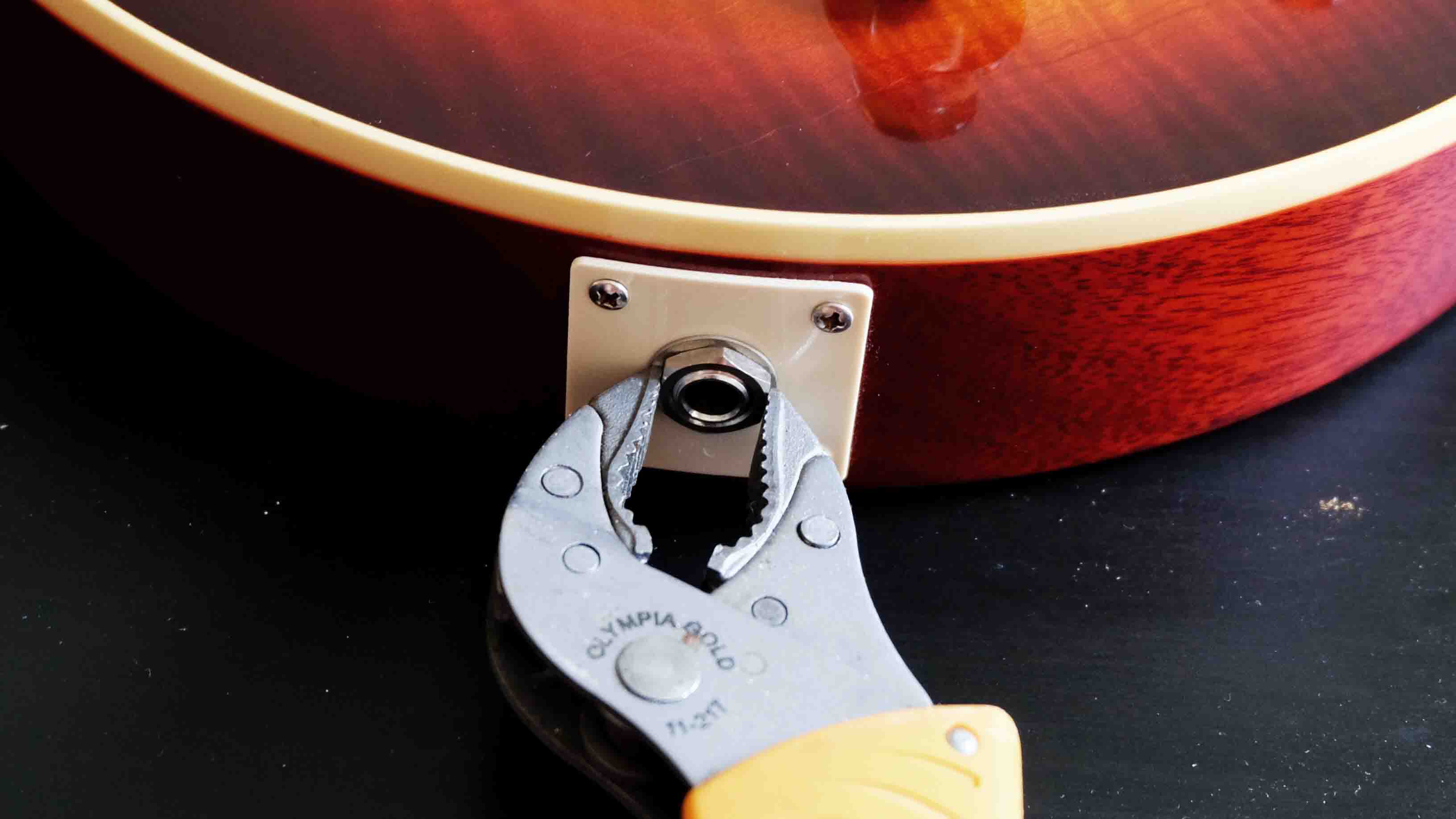
Like most of the sticky situations we find ourselves in throughout our lives, in guitar maintenance, prevention is always the best cure.
So, keep an eye on your guitar’s jack socket. If it starts to work loose, don’t ignore the problem until it’s too late. Grab some pliers and tighten the nut.
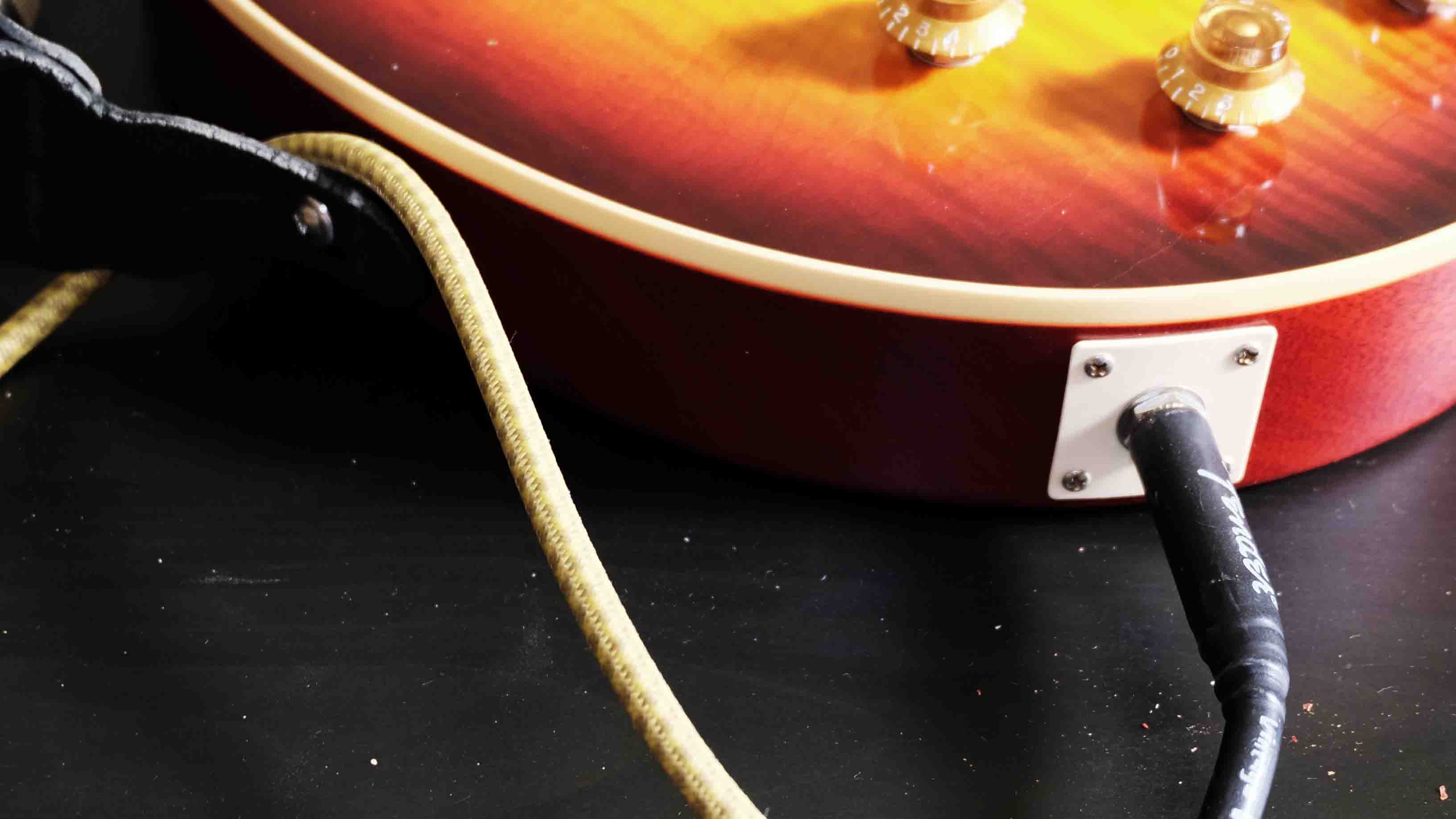
Your jack socket stands a better chance of a long life if you take the strain of the weight of your guitar cable off it.
Want all the hottest music and gear news, reviews, deals, features and more, direct to your inbox? Sign up here.
Run the cable between your guitar’s strap and its body. Now, if you accidentally tread on your cable you won’t pull it out of the jack socket or cause any damage.
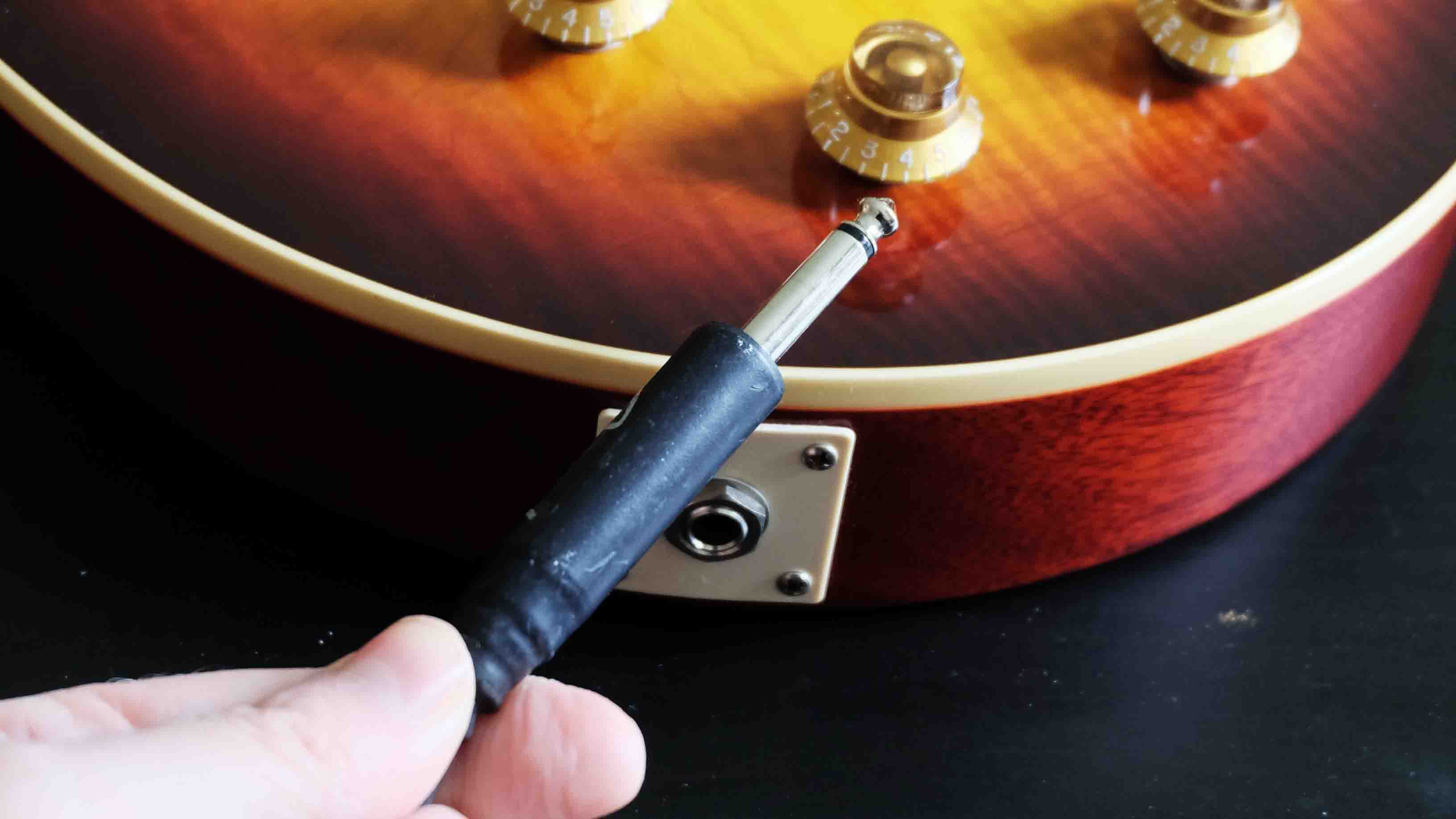
Classic scenario: your signal is cutting out. Must be the socket, right? Well, put the tools down and don’t be so hasty - it’s more likely that your cable is to blame.
Imagine stripping down a car engine then realising you just ran out of petrol. You’re better than that. So, test with another cable to see if the problem is still there.
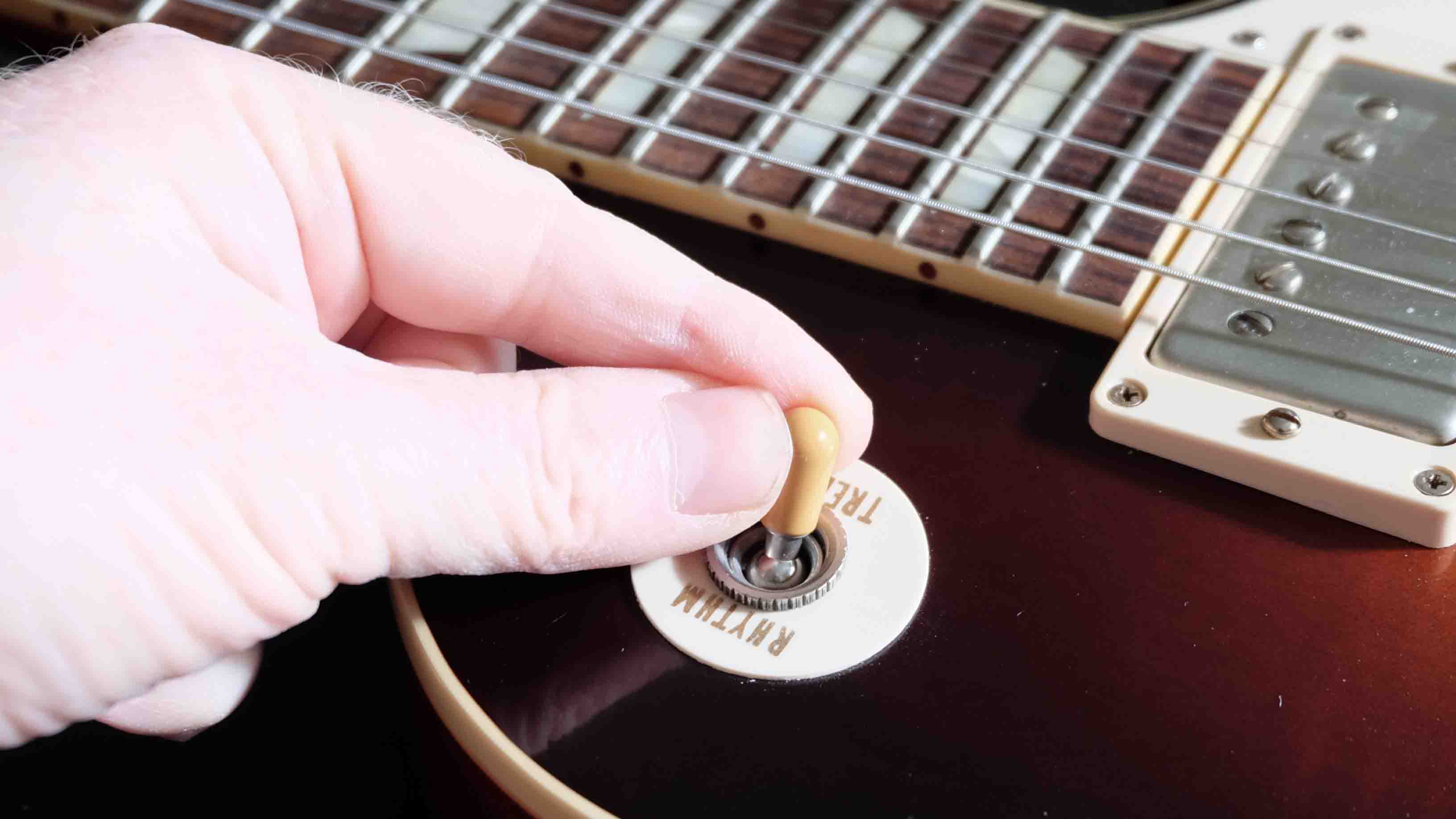
Okay, your cable is fine but the guitar is still cutting out or dead. Let’s eliminate other potential scoundrels first. You could have a dirty pickup selector switch.
For a quick test, run the switch back and forth quickly to see if the guitar springs into life. If so, you need to clean or replace your switch. If not, the socket needs to come out…
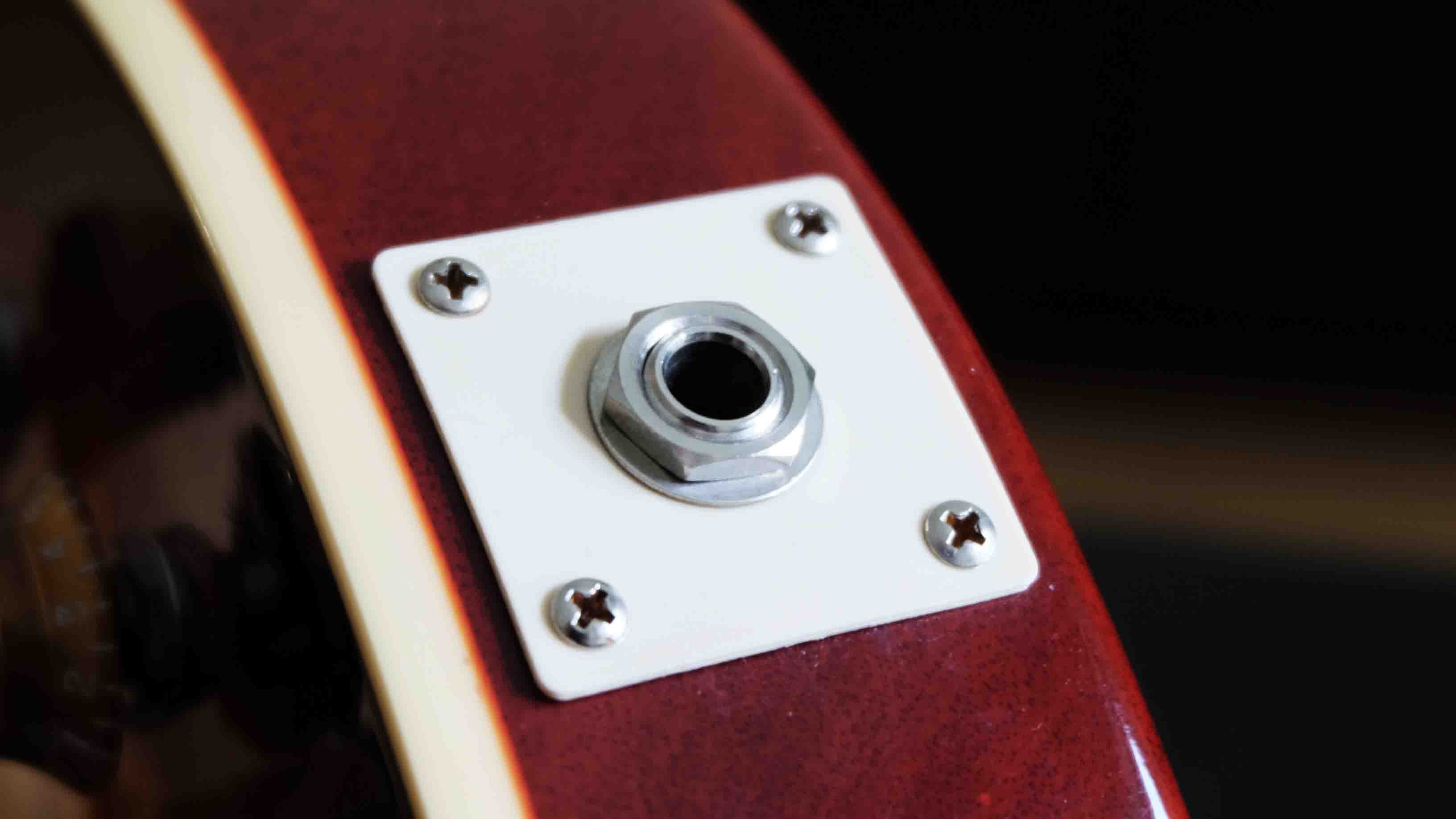
Most guitars have a jackplate - a piece of square, oblong or rugby ball-shaped plastic or metal that anchors the socket where it needs to be.
Grab your screwdriver and remove the plate’s mounting screws. Now, put them somewhere safe where they can’t get lost or scratch your guitar’s finish.
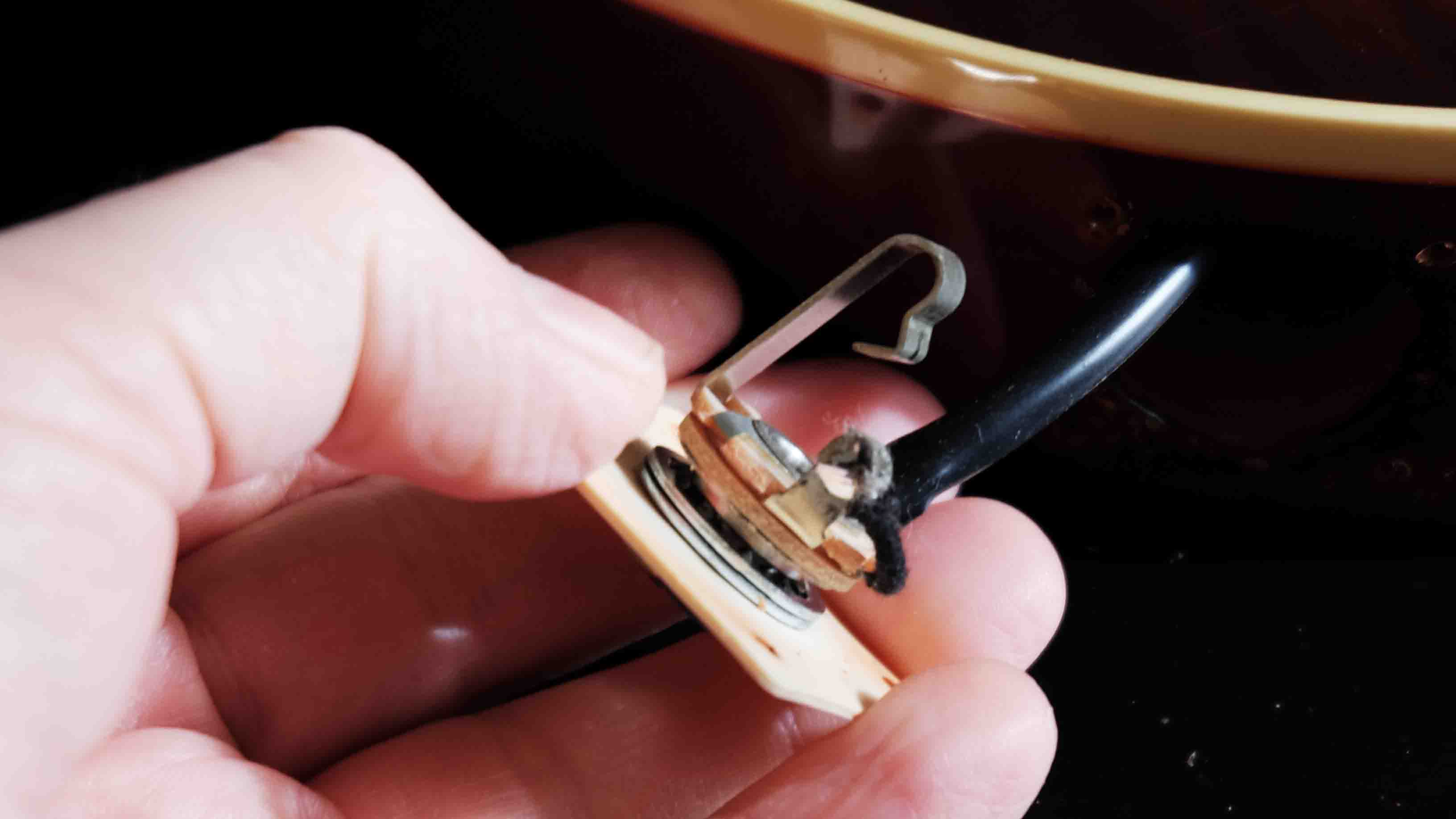
Hopefully, when you remove the jack socket, what you have looks the same as the little guy in our photo. Old-school sockets such as these can usually be repaired if they aren’t badly corroded or missing parts.
If your socket is the long enclosed barrel type (shown below) then it will have to be replaced. They are impossible to repair. Let’s move on…
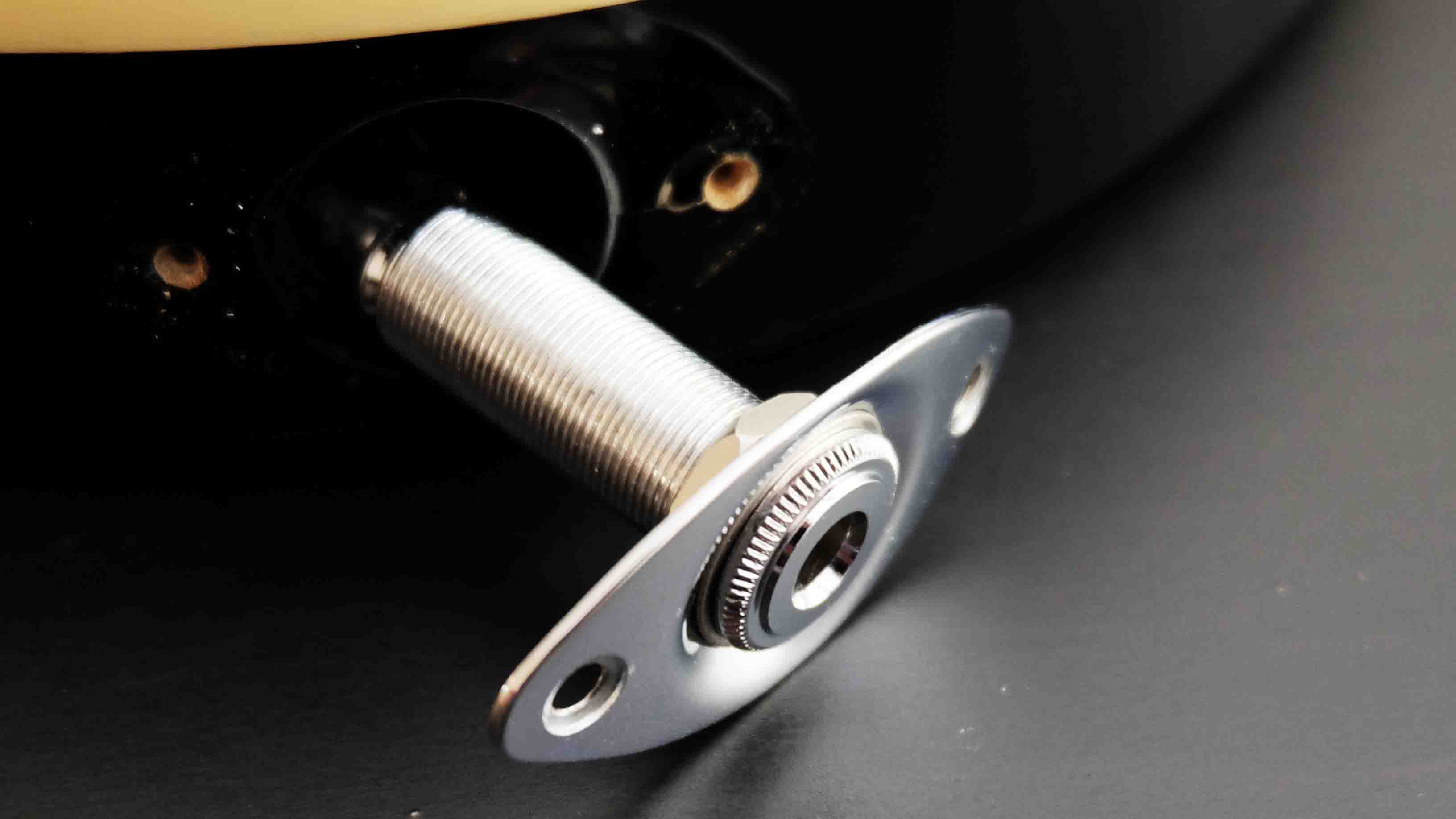
Assuming that you don’t see any loose wires, the first thing to do is make sure the socket is holding your jack plug securely. That responsibility falls to the long metal clip below.
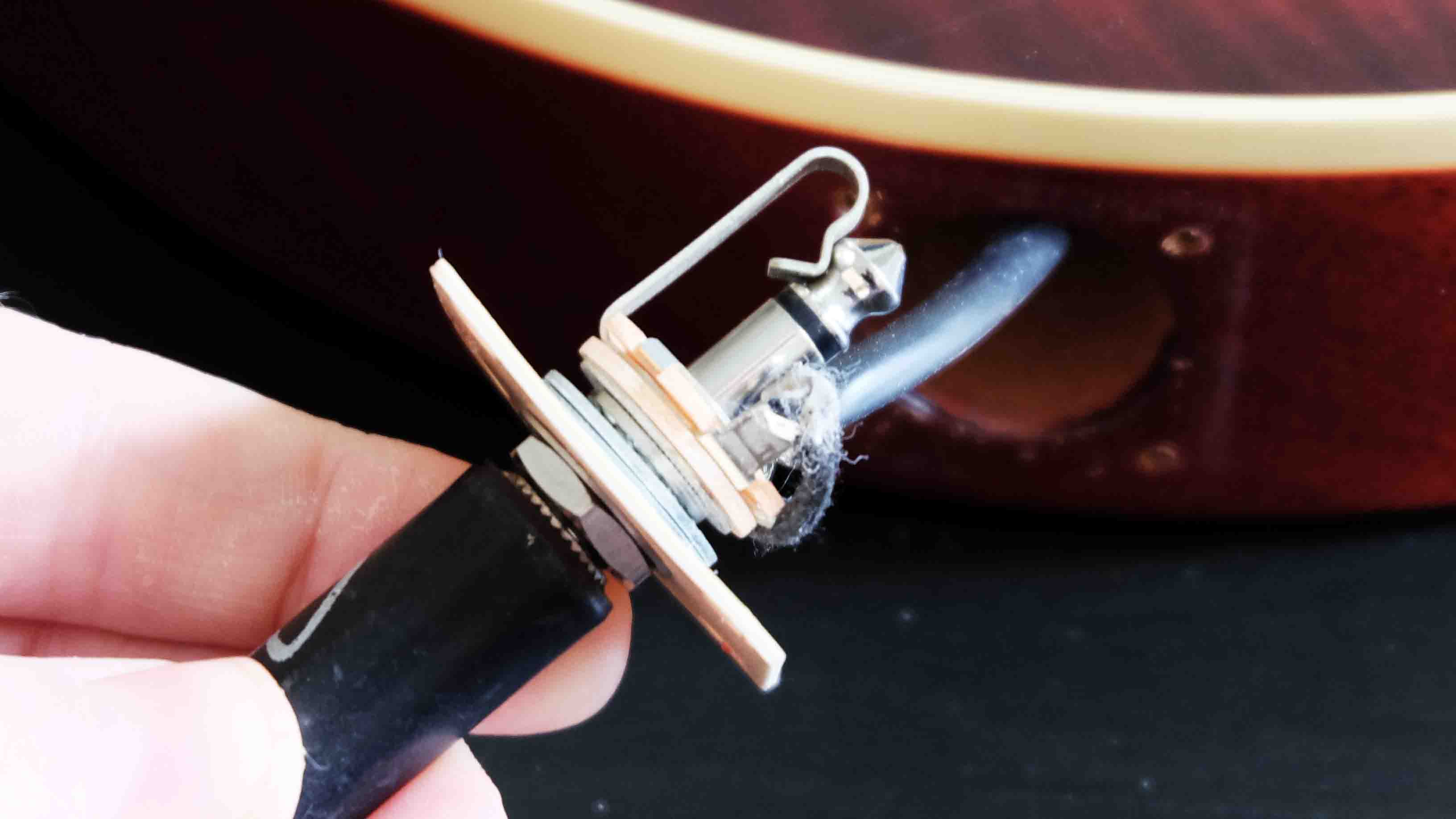
Test-fit your cable and see how secure its plug is in the socket. If the plug wiggles around or falls out then that long metal clip will need to be adjusted.
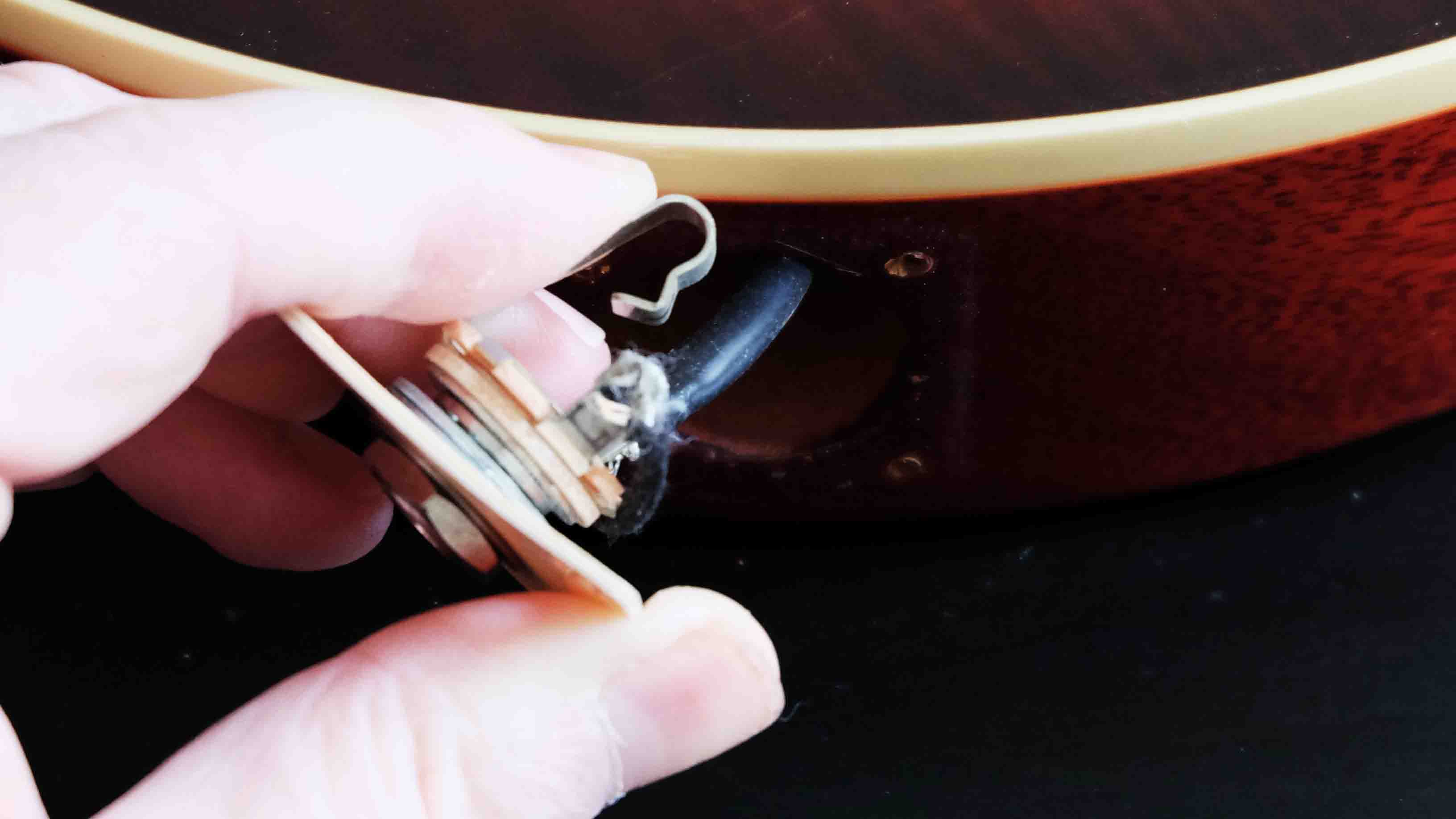
Gently push the long metal clip towards the hole in the centre of the jack socket. You want to bend it a bit without breaking it.
Bend it a little then test fit the jack plug. When it snaps firmly into place and doesn’t move around, test the guitar through your amp. You should be back in business, but don’t screw tit back in place just yet…
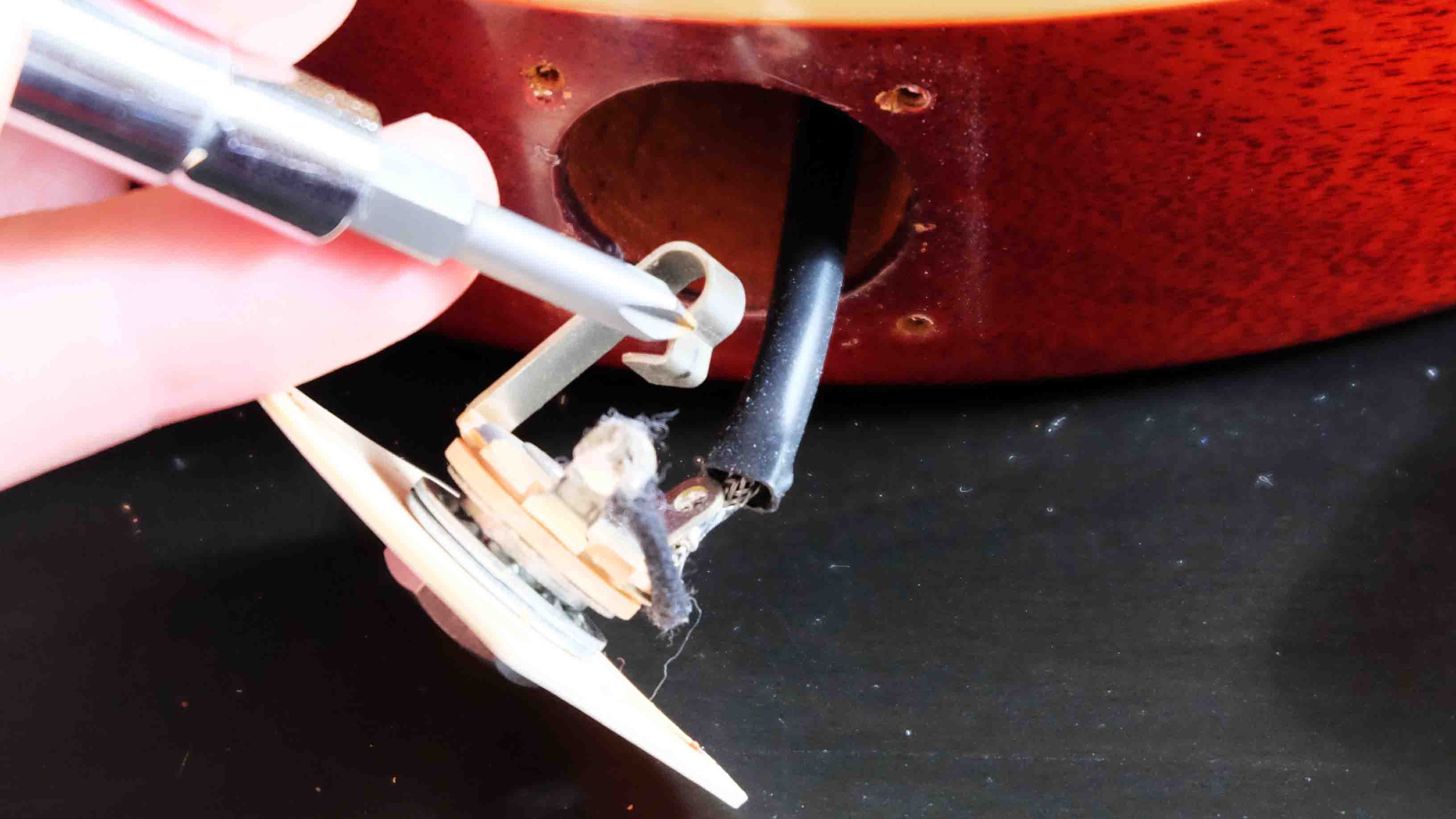
Gently push the long metal clip towards the hole in the centre of the jack socket. You want to bend it a bit without breaking it.
Bend it a little then test fit the jack plug. When it snaps firmly into place and doesn’t move around, test the guitar through your amp. You should be back in business, but don’t screw tit back in place just yet…
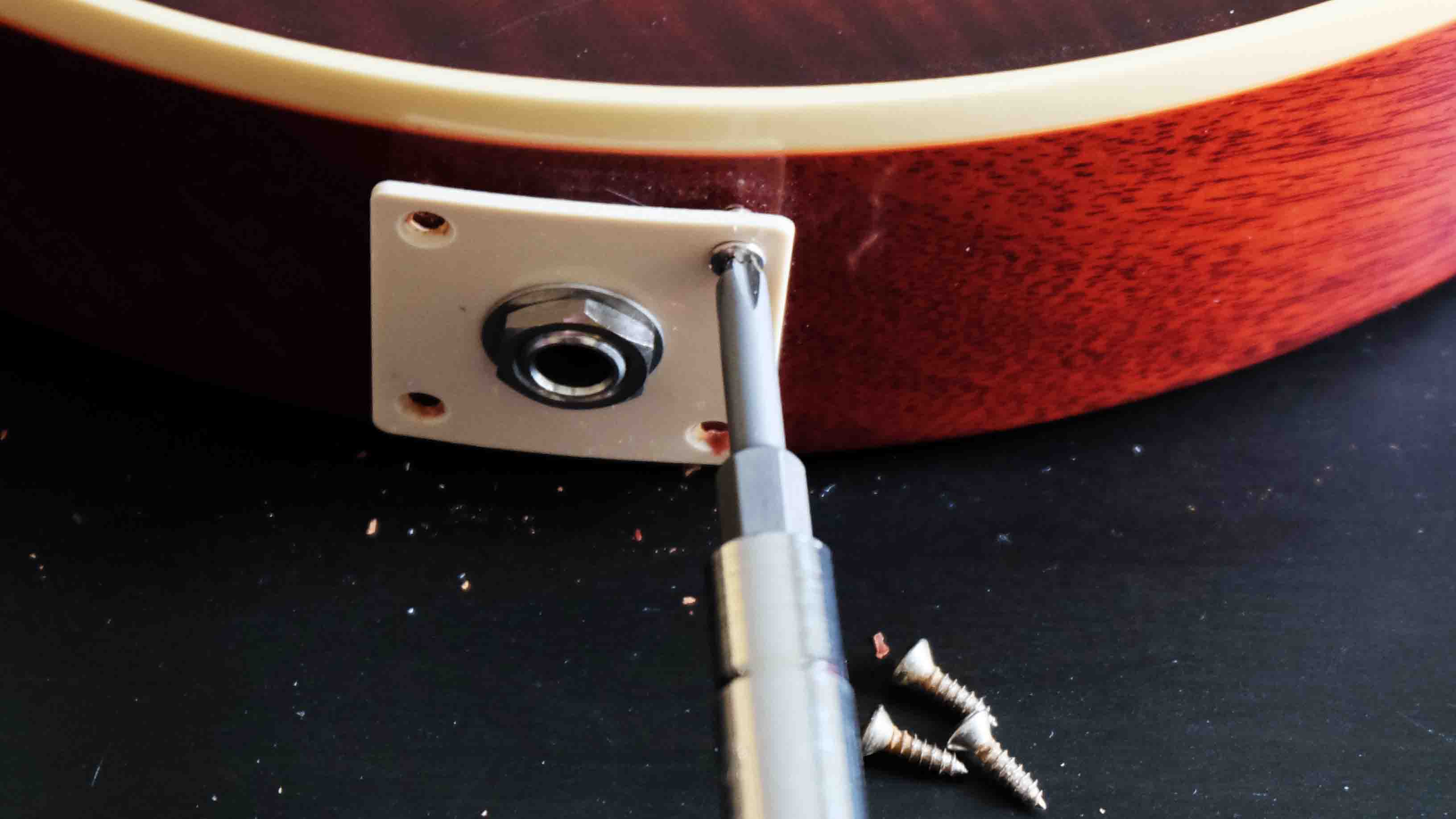
To protect your sanity, always test the guitar before you put it back together. You don’t want to do guitar maintenance while miffed.
Take your time and ensure that you don’t trap any wires under the jackplate, strip the screws that hold the plate in place, or damage the guitar’s finish. You have been warned!
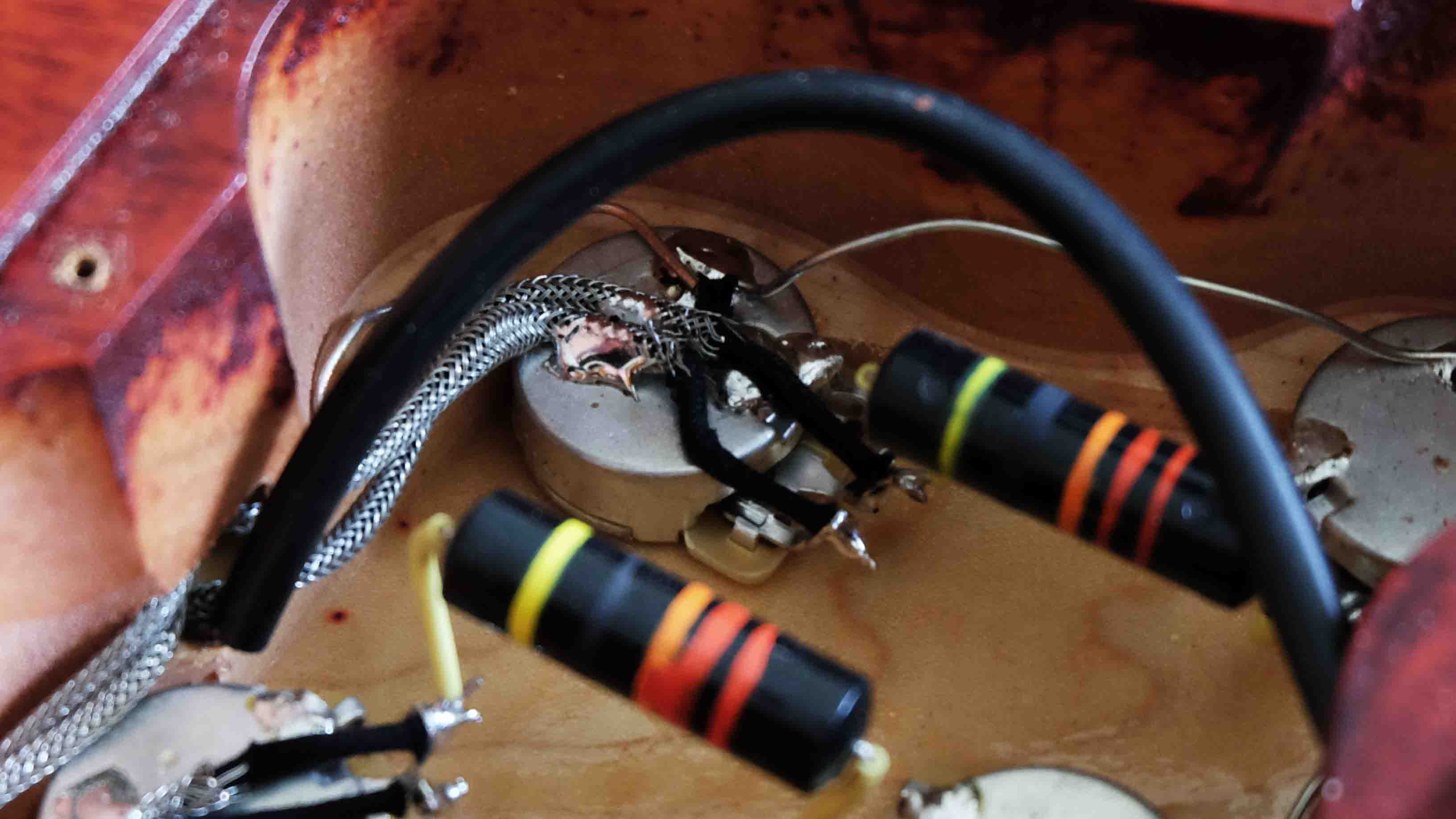
Get used to thinking about the health of your guitar’s inner workings. When a control feels loose, get on it right away. If you hear a buzz or crackle, don’t wait until it ruins a gig.
The volume and tone pots (aka potentiometers) and the pickup selector switch can usually be cleaned. We’ll bring you up to speed on that soon.
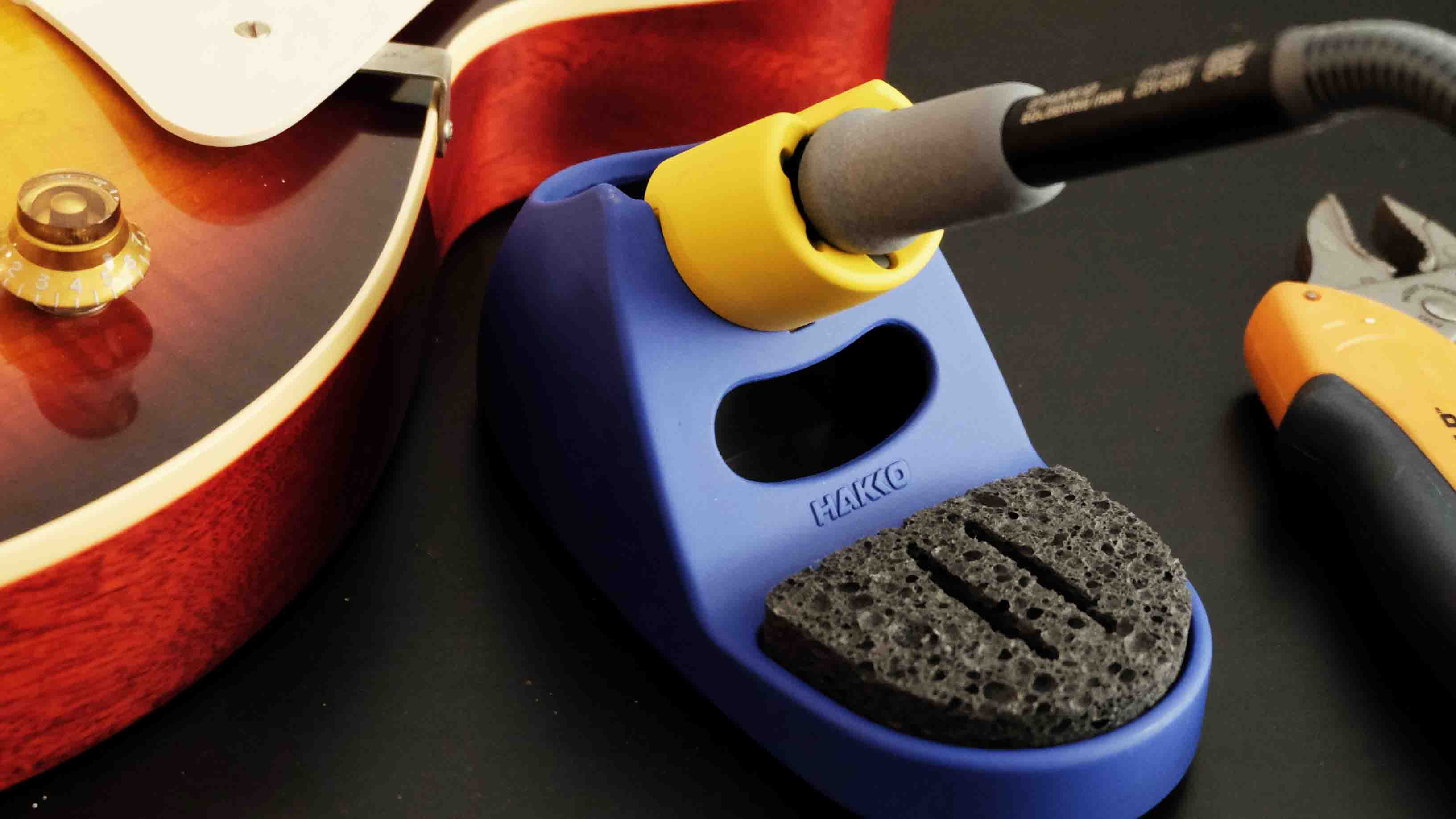
Of course, you might have pulled out the jack socket to find the ultimate horror: a loose wire. This can occur when the socket is loose and spins around in its jackplate.
To fix the problem, you’ll need to become proficient in the noble art of soldering - consult our step-by-step guide to get started!